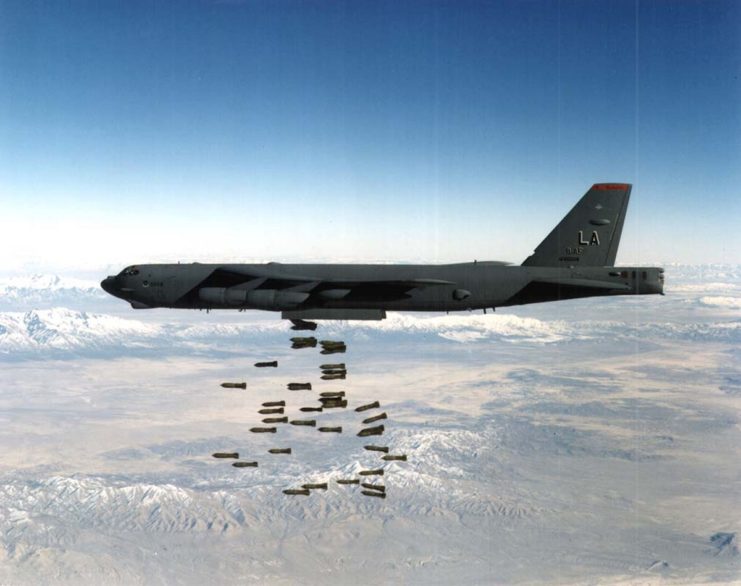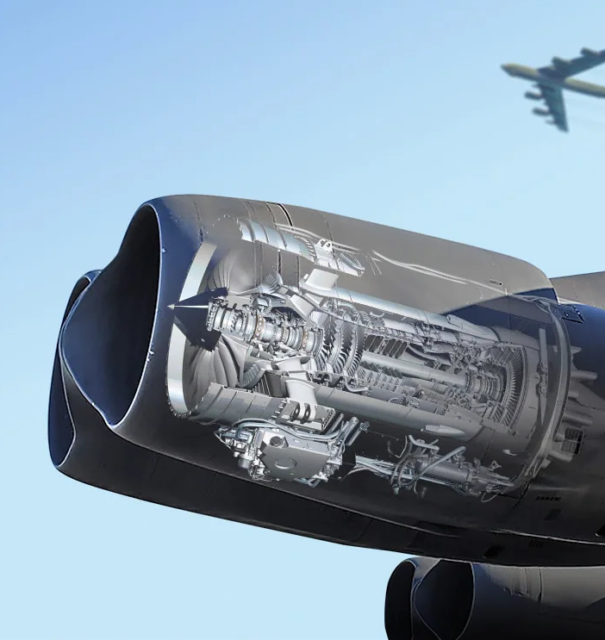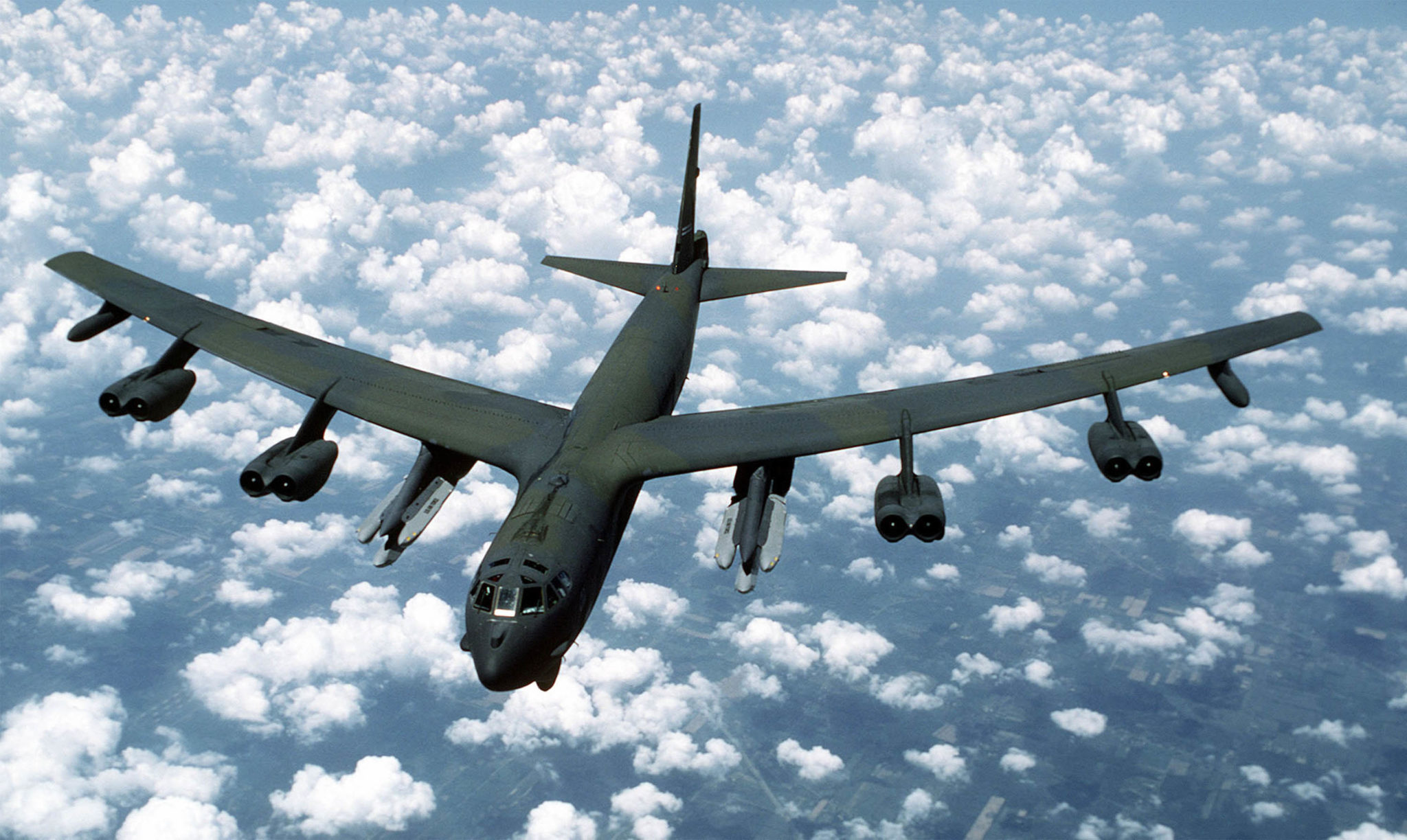The 70-year-old B-52 Stratofortress bomber is finally set to get new engines decades after the US became interested in the idea. The B-52’s current 1950s-era engines are outdated, inefficient, and expensive. The Pentagon has recently announced that world-leading aircraft engine manufacturer Rolls-Royce has been selected to supply the engines in a contract worth up to $2.6 billion.
In an announcement released by the Department of Defense last week, it stated that “This contract provides for 608 commercial engines plus spare engines, associated support equipment, and commercial engineering data, to include sustainment activities, to be used on the B-52H bomber fleet.” Adding that “The location of performance is Indianapolis, Indiana, and work is expected to be completed by Sept. 23, 2038.”
The statement said that the contract has a “potential total of $2,604,329,361 if all options are exercised.”
The changing of the B-52’s engines is a significant moment in aviation history and will help the aircraft continue to fly past its 100th anniversary.
The aging B-52

When the B-52 took its first flight, the P-51 Mustang was still in service with the US and Elvis Presley hadn’t even left high school yet. It has outlasted almost every single aircraft built at that time, and many more built after it.
The B-52 replaced the Convair B-36 Peacemaker as the US’ primary strategic bomber in 1955 when it was adopted in service by the US. One of the main reasons the B-52 is still in service is simply because of its timeless design; there hasn’t been another aircraft that can drop large amounts of ordnance as well as the B-52 or at a lower cost.
In addition, the physical design of the airframe has enabled it to remain in service much longer than most aircraft. At the time it was built, engineers planned for a relatively high-speed, high-altitude strategic bomber. Because of this and the fact that they didn’t have access to modern computer aids to test the airframe, the aircraft was over-engineered.
This over-engineering aspect meant the B-52’s airframe was strong and adaptable, which has allowed it to remain in service. In contrast, more modern designs are not considered to be airworthy after a certain age (usually much shorter than the B-52), due to the weakening of the airframe.
However, the B-52’s incredible service life has resulted in logistical issues within the Air Force. As it is an old-school design, its crews and maintenance personnel require old-school knowledge. Its analog nature means crews must use traditional repair and troubleshooting methods when problems arise.
Engine replacement

Like the rest of the aircraft, the engines are also old technology. Eight Pratty & Whitney TF33 turbofan engines are used to get the enormous 200-ton aircraft off the ground. Although these engines were a later addition to the B-52 they are still 1950s designs and are incredibly inefficient. As they have been out of production since the 1980s, Pratt & Whitney has had to maintain support for the engines at a growing cost.
Currently, it is costing the Air Force around $2 million to overhaul a single TF33 engine, which is done every 6,000 hours. Their inefficiency and high costs mean a replacement has been sought for years.
The Rolls-Royce F130 engine emerged victorious over General Electrics’ CF34-10 and Pratt & Whitney’s PW800 engines. The Air Force requested that any new engines must use the B-52’s existing engine pods as a cost-saving measure.
The F130 engines will provide much greater fuel efficiency and increase the B-52’s range, reducing the need for in-flight refueling.
Unlike most aircraft engine upgrades, the new engines are not meant to provide the B-52 with more power or speed. The previous engines weren’t lacking in power, and more powerful engines would add additional unwanted stress on the already old airframes.
The F130 is the military designation for Rolls-Royce’s BR700, which is used in a wide range of other aircraft. This gives the engine the cost and reliability benefits of already being in production.
Rolls-Royce believes that these engines will see the B-52s to the end of their service life, but spares will likely be ordered.
The Air Force’s remaining 76 B-52s will also receive significant upgrades to their avionics and electronic systems. These combined with the engines are some of the biggest upgrades the B-52 has ever received, and will allow it to comfortably serve past 2055, at which point it will have been in service with the US Air Force for 100 years.
